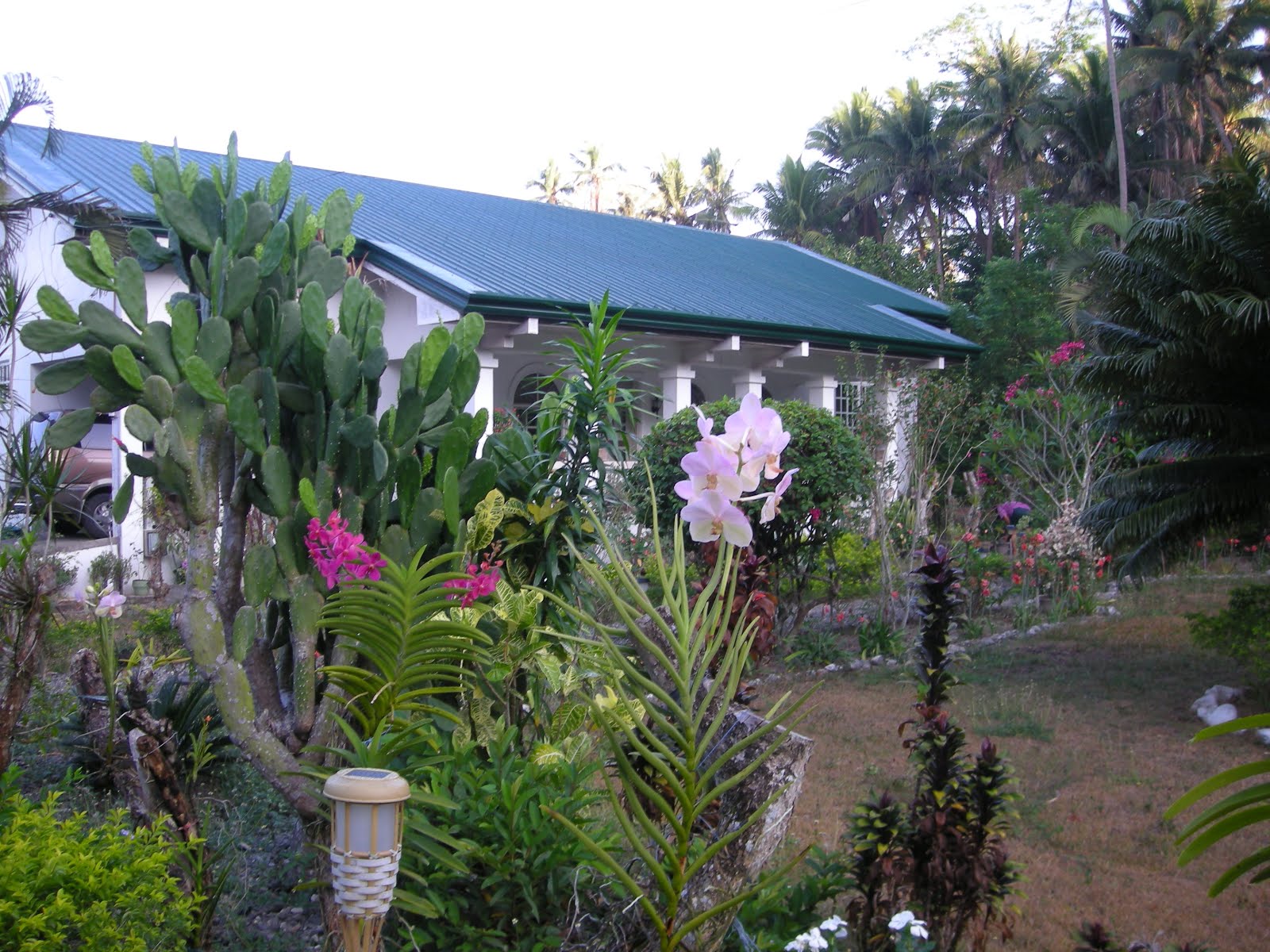The other day, Carlos Avila( Macrine's nephew) posted on his Face Book a trio arrangement of Grand Pas de Deux for piano, violin and viola that I enjoyed very much. I have replayed it a number of times the last couple of days as it reminded me of our younger years when Macrine (RIP) and I attended Ballet( Nutcracker Suite/Swan Lake) and Concerts here in the US( Chicago, Kansas City, Washington DC and San Francisco) .
Orchestral Rendition-Grand Pas de Deux-Nutcracker- Tchaikovsky-Gergiev
If you are not familiar with the term here's a summary from Wikipedia.
In ballet, a pas de deux [pɑ d(ə) dø] (French, literally "step of two") is a dance duet in which two dancers, typically a male and a female, perform ballet steps together. The pas de deux is characteristic of classical ballet and can be found in many well-known ballets, including Sleeping Beauty, Swan Lake, and Giselle. It is most often performed by a male and a female (a danseur and a ballerina) though there are exceptions, such as in the film White Nights, in which a pas de deux is performed by Mikhail Baryshnikov and Gregory Hines.
A grand pas de deux is a structured pas de deux that typically has five parts, consisting of an entrée (introduction), an adagio, two variations (a solo for each dancer), and a coda (conclusion). It is effectively a suite of dances that share a common theme, often symbolic of a love story or the partnership inherent in love, with the dancers portraying expressions of affectionate feelings and thoughts between romantic partners. It is often considered to be the pièce de résistance and bravura highlight of a ballet and is usually performed by a leading pair of principal dancers.
Entrée
A grand pas de deux usually begins with an entrée (literally "entrance"), which serves as a short prelude to and also unequivocally denotes the beginning of the dance suite. During the entrée, the dancers first appear on the stage and, typically with great pageantry, acknowledge each other and position themselves near each other in preparation for the subsequent adagio. Depending on the choreography, the ballerina and danseur may enter the stage simultaneously or at different times.
Adagio
The adagio or adage (meaning "slowly") part of a grand pas de deux features graceful and elaborate partnering by the dancing pair. In the adagio, the ballerina performs elegant, often slow and sustained movements while the danseur supports her. The danseur, in turn, strives to maintain a display of poise and seemingly effortless strength while providing support for the ballerina. The danseur may support the ballerina in a variety of common ways, including lifting her, holding and steadying her during turns, and offering a steady arm or hand for her to use as a "virtual barre" when she performs balancing feats that would be difficult or impossible without assistance. Because of this support the adagio is sometimes called supported adagio.
- Meanwhile enjoy this photo of my Christmas Capiz Parol from the Philippines


No comments:
Post a Comment